Affiliate links on Android Authority may earn us a commission. Learn more.
Life with the Galaxy S6 Edge: one month later
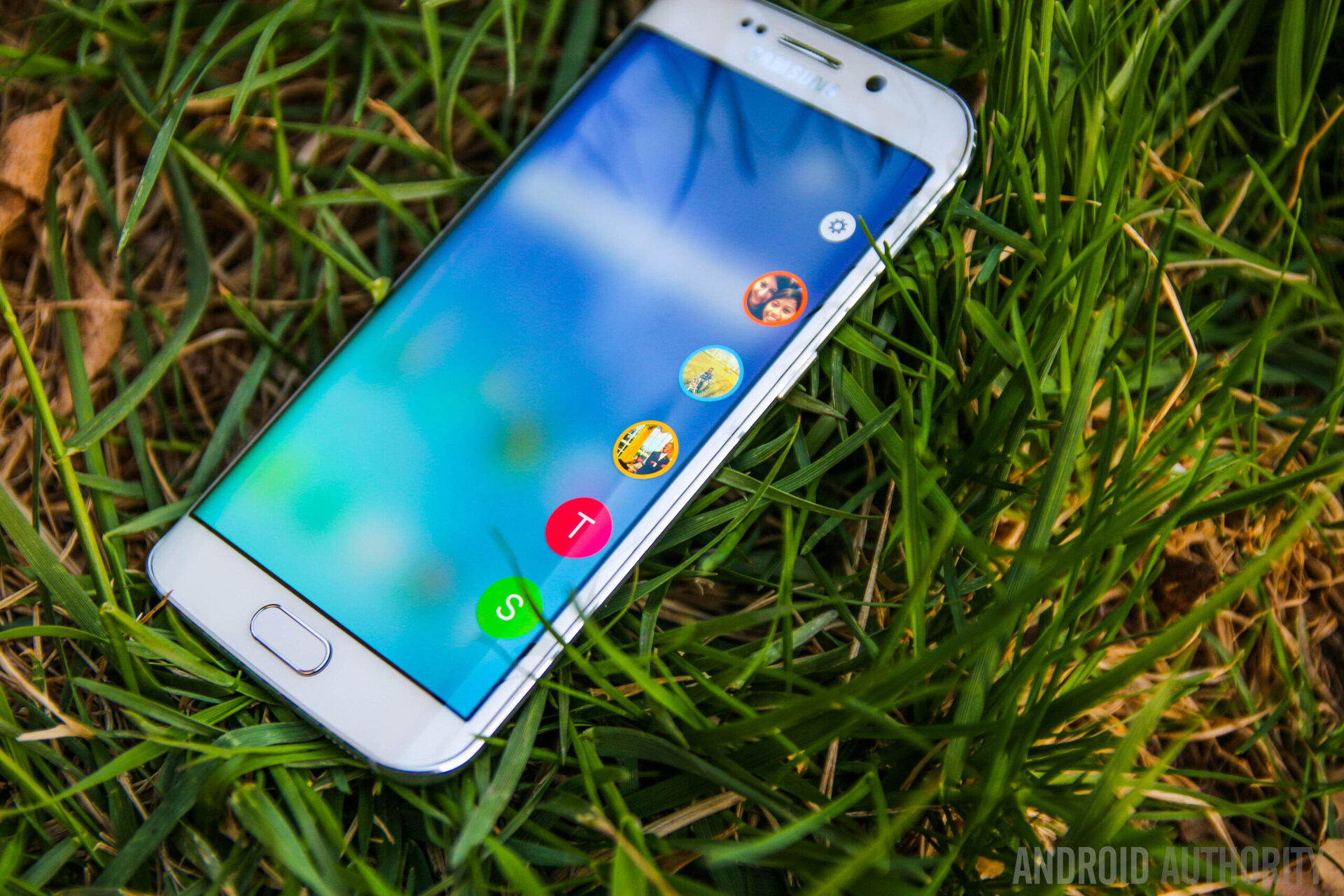
Samsung may have had success after success since the Galaxy S2, but last year, the Galaxy S5 showed the series had gotten a little stale. Instead of the revolutionary upgrades from past devices, the Galaxy S5 was a flop as a flagship by the company’s standards and that was a wake-up call for the Korean manufacturer.
Before the launch of the Galaxy S6, we heard rumours of market-leading performance, a scaled back interface and a lack of removable battery and micro SD card; basically, things you wouldn’t expect from a Samsung flagship.
Fast forward to MWC 2015 and Samsung showed that change isn’t always bad with the introduction of the Galaxy S6 and Galaxy S6 Edge. Having used either the latest Galaxy S or Galaxy Note as my daily driver for the past few years, Samsung’s new devices shocked me. But how do they fare once the novelty wears off?
We’ve already reviewed the Galaxy S6 Edge and our own Jayce has touched on why the Galaxy S6 Edge is the real Samsung flagship (which you can see in the video below) but after four weeks with the Galaxy S6 Edge, what do I make of the best that Samsung has to offer? Find out below.
Design
For so many years, Samsung made plastic work because each year, the company introduced little tweaks in the design to make things refreshing. The Galaxy S2 was a large slab, the Galaxy S3 introduced curves and the Galaxy S4 refined these for a stylish looking device.
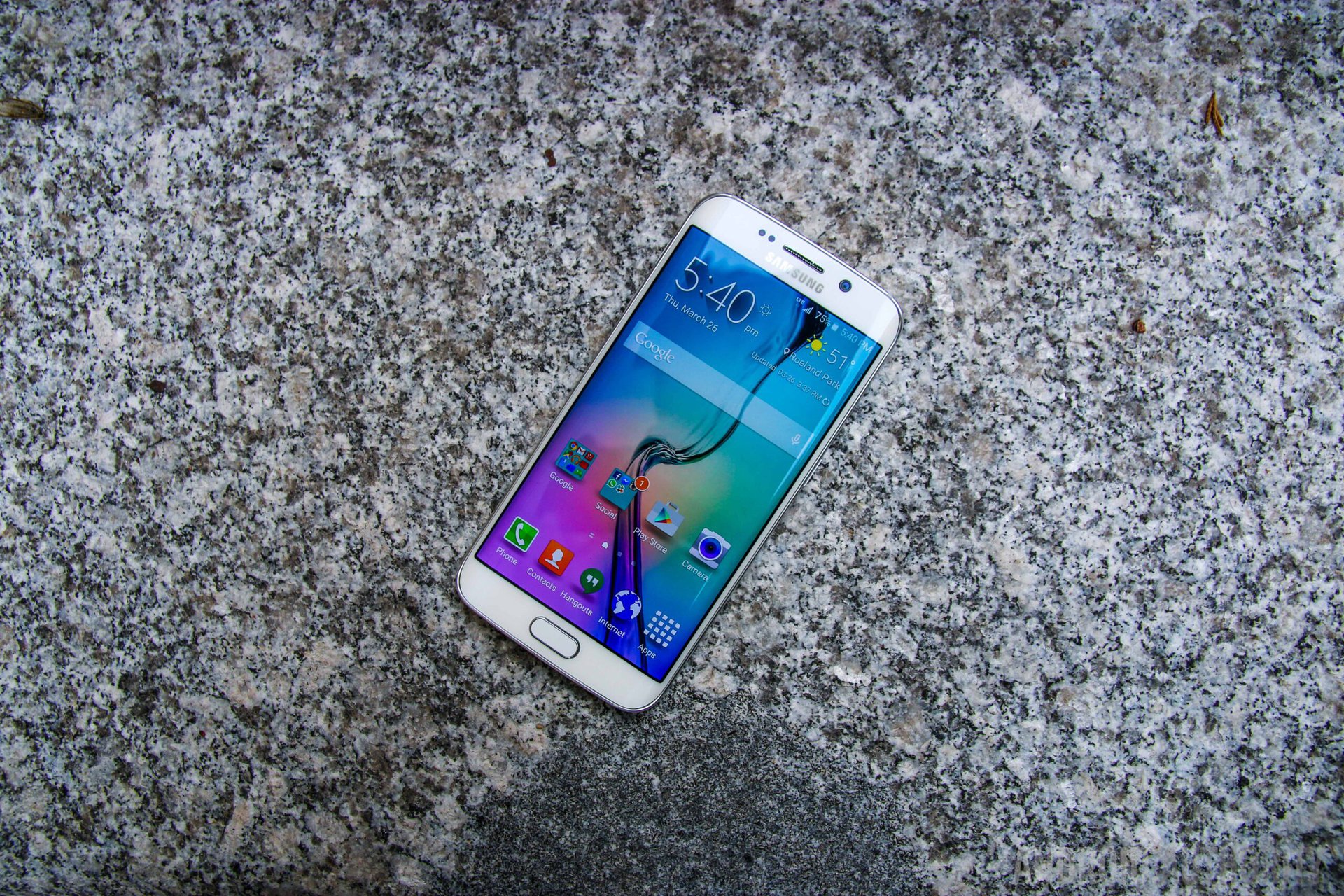
The Galaxy S5 however, just felt like the Galaxy S4 and herein lied the problem for Samsung with the Galaxy S6: how to refresh the handset while making it interesting. The answer now appears simple: use metal and glass without a touch of plastic. And in the case of the Galaxy S6 Edge, add a dual curved screen and show that curved displays actually can be useful.
The Edge is no longer an afterthought, it's a key part of the experience.
I’ve previously used the Galaxy Note Edge but the Edge Screen on the phablet just felt like an afterthought and indeed it was: rather than a single curved display, the Note Edge was a Galaxy Note 4 with a curved edge bolted on and as a result, it felt a little disjointed. The Galaxy S6 Edge? Well, it’s a single curved piece of glass and the difference is massive; rather than being an afterthought, it’s a key part of the experience.
Samsung has always made good smartphone displays and the Galaxy S6 Edge is no different. The Super AMOLED display – which measure 5.2-inches and offers Quad HD resolution – is simply incredible, and it even beats the Galaxy Note 4 QHD panel, thanks to the superior 577ppi.
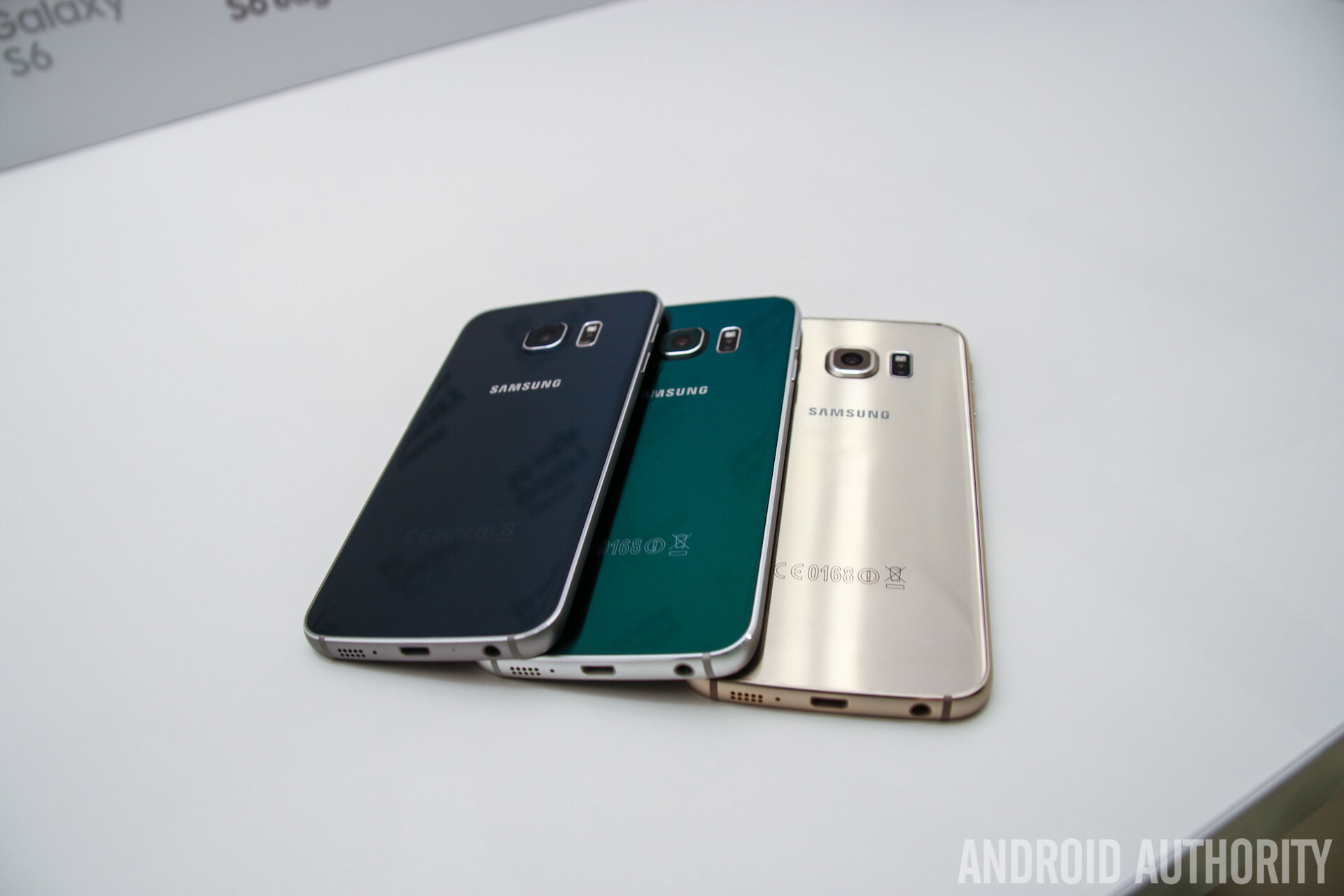
I’ve got the white Galaxy S6 Edge and the reason I chose this colour is simple; it’s the least likely to show fingerprints. The only problem with the Corning Gorilla Glass 4 rear is that it attracts fingerprints – even more so than the display – and if you’ve got any colour other than the white, you’ll find yourself wiping it clean pretty often. If I was going to choose a different colour, the Galaxy S6 Edge Iron Man special edition would definitely get my vote.
TouchWiz & Performance
Before the launch of the S6 Edge, the leaked benchmark results revealed one thing; the performance of Samsung’s new handsets was going to set a new standard for smartphones.
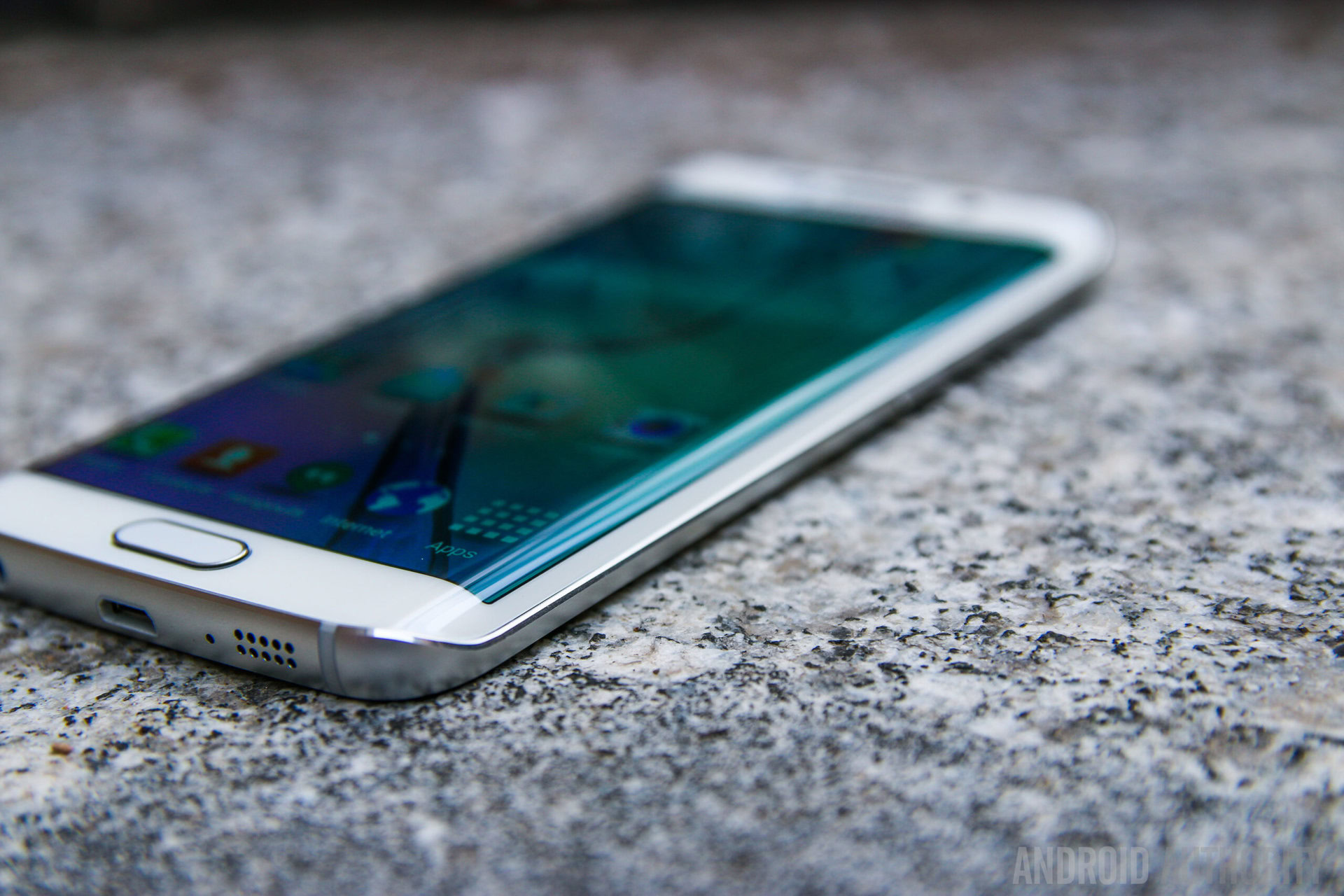
No bloat, no lag, and no slowing down.
Rather than deal with the reported overheating issues with the Qualcomm Snapdragon 810, Samsung chose to use their own Exynos 7420 processor and they coupled this with the most streamlined TouchWiz interface ever made. Instead of all their own bloatware, Samsung added a few new software features – such as the Themes store, added some third party apps from Microsoft, and streamlined the experience. No bloat, no lag and no slowing down once you fill it with content.
The key thing about the Galaxy S6 and the S6 Edge is there’s no storage expansion and for some people, this could be a problem. On my Galaxy Note 4, I had about 20GB worth of content on the microSD card and around 5GB worth of apps and data on the internal storage so the base 32GB model is fine. I actually ended up with a 64GB as the 32GB isn’t available in the UK but that’s a story for another day.
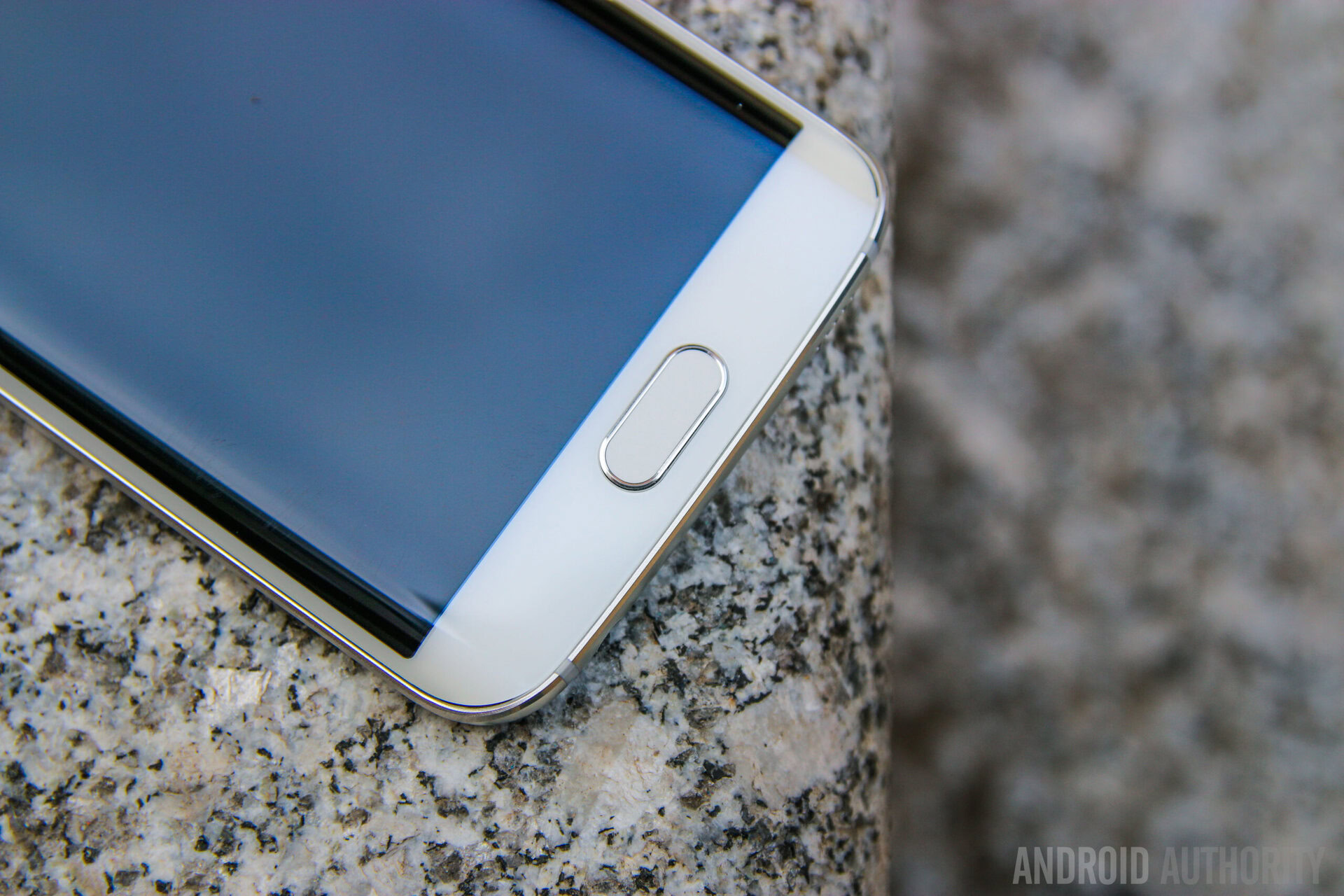
One problem with microSD cards on past Samsung devices has been that they may allow you to expand the storage but once you add 32GB+ data, I’ve found that the handset starts slowing down. Switching to flash storage only solves this and means that even adding 20GB+ worth of data doesn’t slow your handset down.
Like other OEMs, Samsung decided to start using fingerprint sensors on the Galaxy S flagship with the Galaxy S5 but sadly, its first attempt was rubbish. Rather than the press and hold seen on other devices, it was an odd swipe scanner and the small button size meant it was destined to fail. With the Galaxy S6 and the S6 Edge, the home button is wider and flatter and the redesigned fingerprint scanner means you just have to put your finger on the button. As a result, the fingerprint sensor is pretty accurate and really easy to use and offers the simplicity and accuracy seen on the iPhone’s Touch ID fingerprint button scanner.
Camera
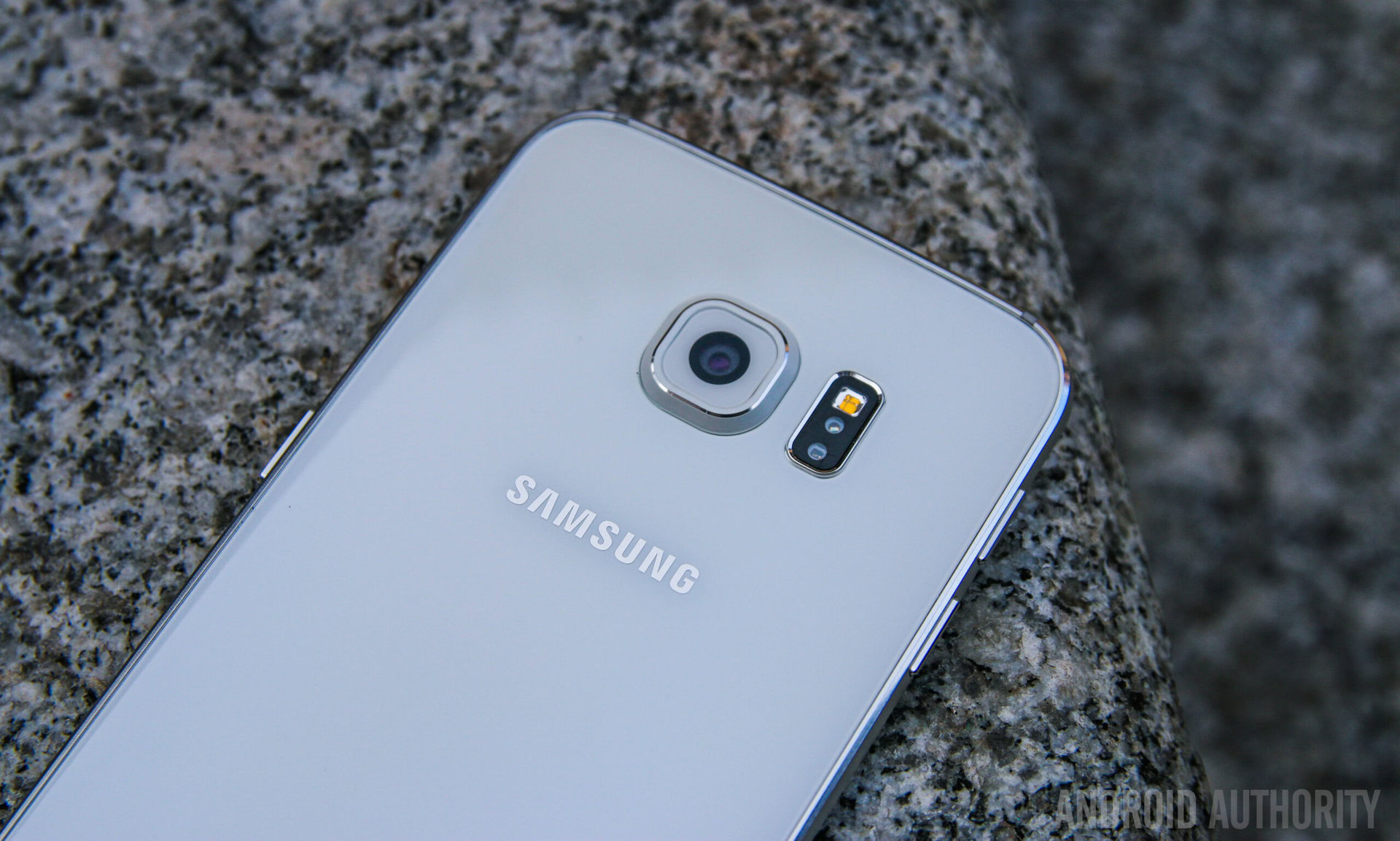
For the past few years, Samsung cameras have been getting progressively better and the addition of OIS to the Note 4 camera finally delivered the low-light performance that Samsung lacked. The Galaxy S6 Edge takes this one step further, as it uses the same Sony IMX240 sensor as the Galaxy Note 4 but places it behind a lens with a wide f/1.9 aperture, which lets more light in.
The result is a camera that’s simply incredible; Samsung’s handset is one of the most capable on a smartphone to-date and definitely the best on a Samsung handset to date. In fact, in our blind smartphone camera shootout, the Galaxy S6 Edge dominated the competition to win the shootout by a considerable margin.
Those results speak for themselves and for me, the Galaxy S6 Edge ticks the right boxes. It’s not perfect as the images can be over-saturated at times, but it’s good enough to say that you’ll almost never get a bad shot.
Battery Life
Alongside the lack of expandable storage, the key problem facing would-be buyers is the lack of removable battery and, as I’ve covered, it is a bit of a problem. Without the ability to swap out the battery, you’re limited to the 2600 mAh capacity and from my testing, the screen can be a big battery drain.
That being said, there’s ways to improve the battery life – such as reducing the display to 60% brightness or less and turning off location – and the addition of dual wireless charging and Quick Charging means you’re never far from a top up. Quick Charge especially means I’ve often charged my handset to 50 percent with 30 minutes charge or less and this is usually good enough for an evening’s use.
Like we spoke about on the most recent episode of our FDP podcast, battery life is hugely subjective. From my experience, smartphones are designed to let the average user leave the house in the morning and expect to have juice left when they return home from work. The Galaxy S6 Edge will do this and 3 to 4 hours screen-on-time from 18 to 20 hours of usage is the average battery life you can expect.
[related_videos title=”How does the Galaxy S6 compare to the rest?” align=”center” type=”custom” videos=”605763,604641,597284,593588″]
How a flagship should be
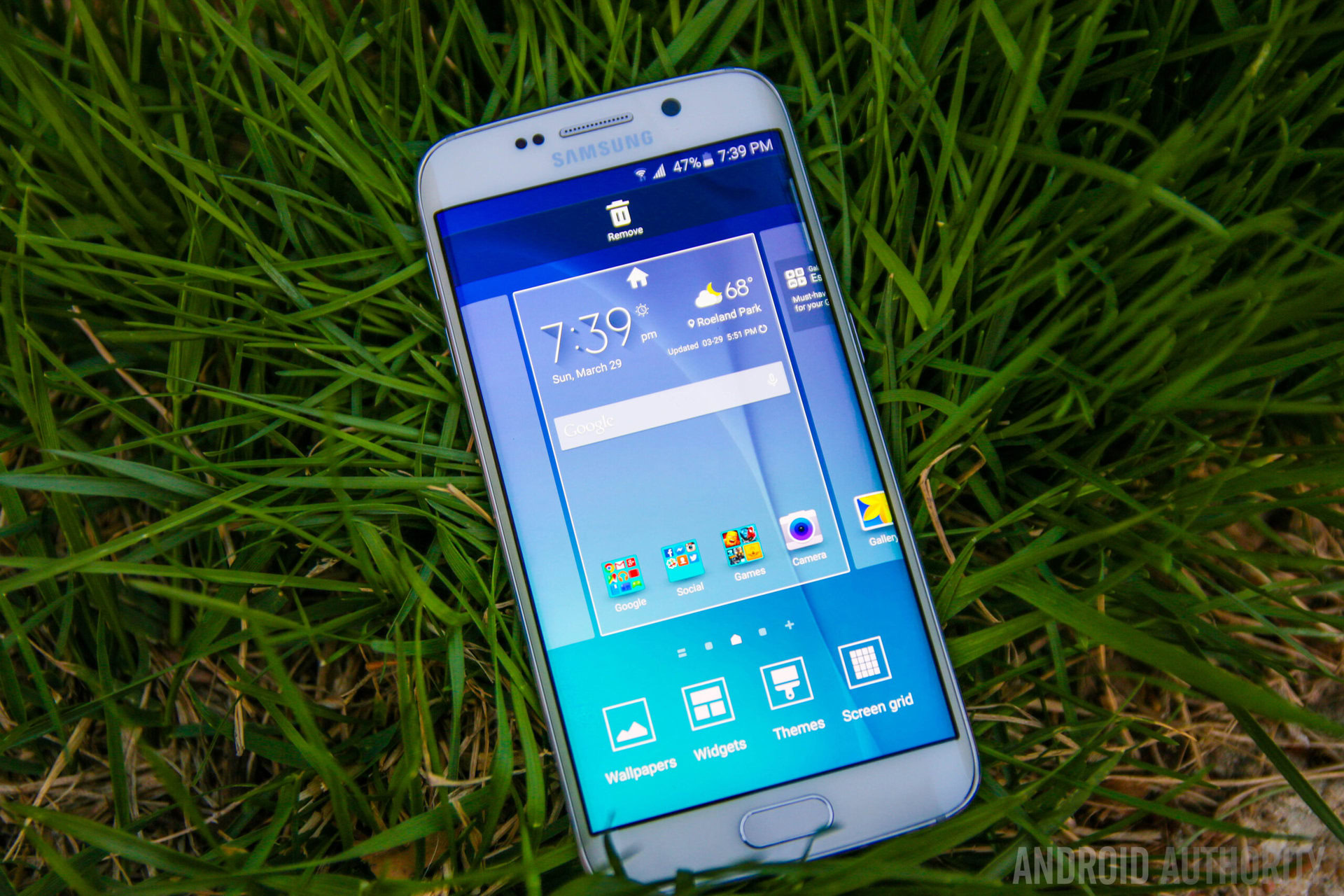
For me personally, there’s only one key issue with the Galaxy S6 Edge: the battery life. Recent smartphones have always required a trade-off between the specs and the battery life but the Galaxy S6 Edge is different. For me personally, I’ll happily take the super sleek design, the premium feeling and the incredible experience at the cost of needing a charger more often.
Yes, I’ve used plenty of Samsung devices in the past so I can appreciate the huge difference a year has made, but even if you’ve never used a Samsung device in the past, the Galaxy S6 Edge will truly surprise you. The Edge screen definitely has its uses – I personally use the Twitter trends and World News panels all the time – and, unlike the Galaxy Note Edge, it doesn’t feel like an unwanted addition to the handset, it feels like the most natural thing in the world.
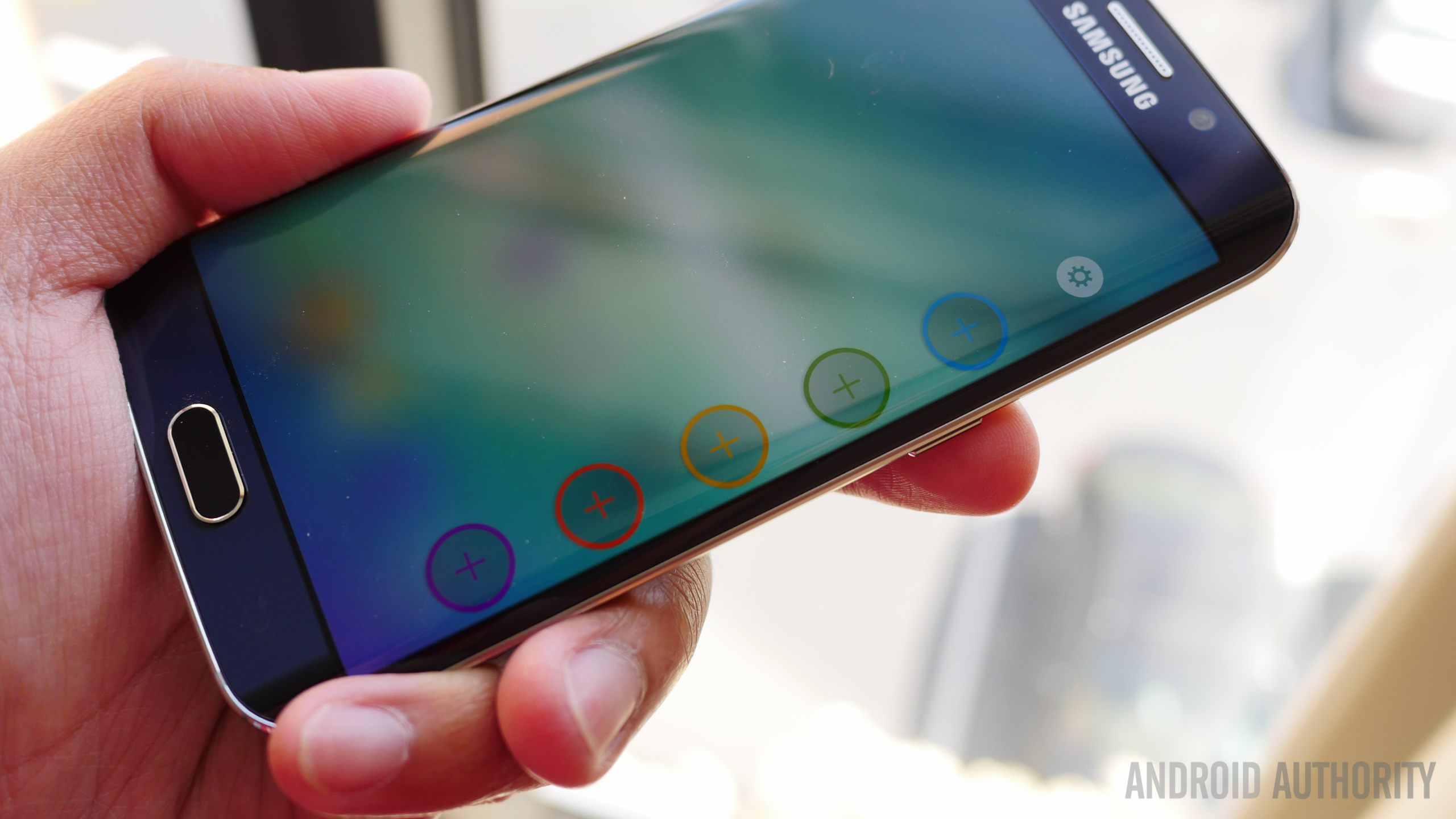
Looking through history, there’s plenty of examples where a manufacturer has dared to be different and this has led to a new era of innovation. From the earliest mobile phones to the Apple iPhone and Samsung’s first Galaxy Note – which redefined the boundaries of how large a screen could be – innovation has bred innovation.
A truly unique perspective redefines the standard of how a flagship should be.
Curved displays are certainly not new, but Samsung’s Edge Screen is the most innovative take on a curved smartphone screen to-date. Sometimes it takes a company’s unique perspective on a feature to make it cool and the dual curved display on the Galaxy S6 Edge does just this; it redefines the standard of how a flagship should be.